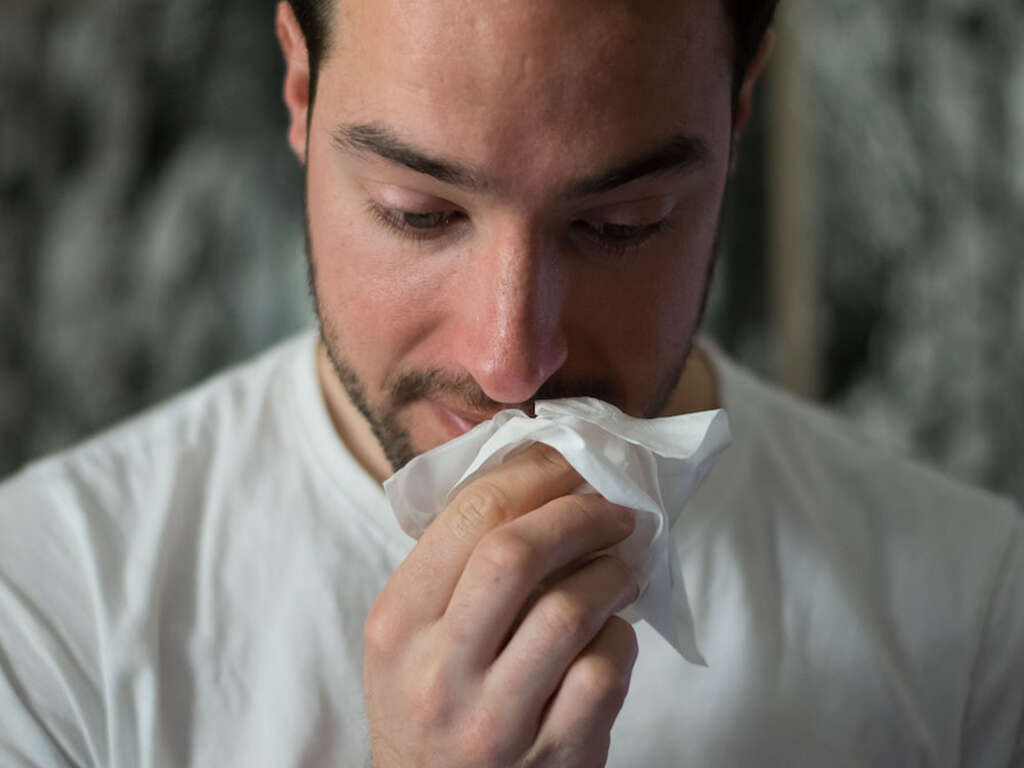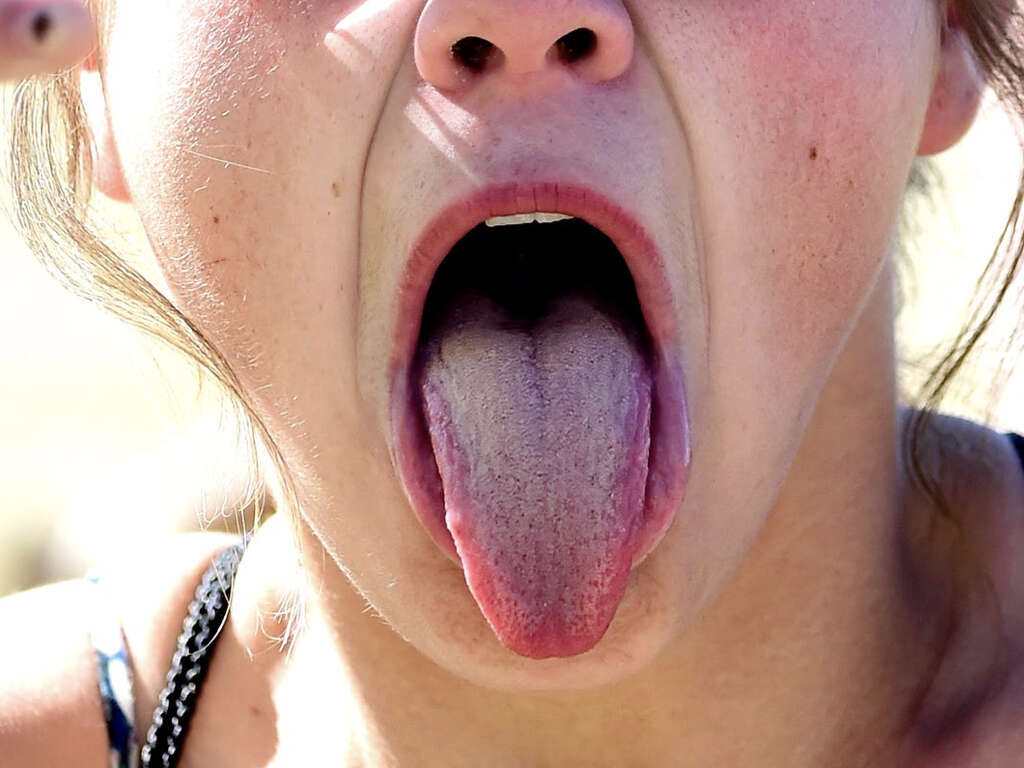Pinworm Symptoms, Treatments & More
 Article Sources
Article Sources
- 1. 'CDC - Enterobiasis - General Information - Frequently Asked Questions.' _Centers for Disease Control and Prevention_, Centers for Disease Control and Prevention, 18 Sept. 2020, cdc.gov/parasites/pinworm/gen info/faqs.html
- 2. 'Pinworm Infection.' _Mayo Clinic_, Mayo Foundation for Medical Education and Research, 16 June mayoclinic.org/diseases-conditions/pinworm/symptoms-causes/syc-20376382.
- 3. 'Pinworms: Treatment and Prevention.' _Pinworms: Treatment, Prevention and When to See a Doctor_, nationwidechildrens.org/conditions/pinworms-treatment-and-prevention.
The pinworm is a threadworm. These tiny, thin, white worms spread when a person unknowingly ingests fecal matter infected with pinworm eggs. Pinworm infections are common among young school children, institutionalized individuals and people caring for persons with pinworm.1‘CDC - Enterobiasis - General Information - Frequently Asked Questions.’ Centers for Disease Control and Prevention, Centers for Disease Control and Prevention, 18 Sept. 2020, cdc.gov/parasites/pinworm/gen info/faqs.html
Although unpleasant, pinworm infections aren’t serious and rarely lead to severe complications. The most significant discomfort is anal and vaginal itching. Over-the-counter and prescription medications can clear up an infection in as little as two weeks. It’s important to prevent reinfection and the spread of pinworms to other children, caregivers and animals through proper hygiene and cleaning measures.

1. Symptoms of a Pinworm Infection
The signs of a pinworm infection are fairly straightforward. The most common include itching around the anal and vaginal area. In very young children, symptoms may involve irritability, teeth grinding and trouble sleeping. Some people with a pinworm infection experience stomach pain and nausea.2‘Pinworm Infection.’ Mayo Clinic, Mayo Foundation for Medical Education and Research, 16 June mayoclinic.org/diseases-conditions/pinworm/symptoms-causes/syc-20376382.
Symptoms are often mild, and some people with the infection may show none at all. The itching is caused by the movement of the female pinworm as she lays eggs in the anal area. Like children, adults with pinworm infection may have problems falling and staying asleep due to discomfort and itching during the night.

2. What Causes a Pinworm Infection?
Pinworms, small, thin, white threadworms about the size of a staple, can live in the colon and rectum of humans. The worm gets into the body when a person ingests contaminated feces. It’s typically an accidental transfer of eggs by the hand or through other infected items, such as bedding, clothes and food.
Pinworm infection is common among school-age children, and transfers can happen with toys, books and other shared items. The eggs can survive for two to three weeks on these objects.

3. Should You Call a Doctor for Pinworms?
If you spot worms around the anus or vaginal area or you or your child experience intense itching, contact your family doctor. They can diagnose and treat pinworm infection to clear it up quickly. You might want to call your doctor if you notice sleep disturbances or irritability, as well.
You can try to treat the pinworm infection yourself using over-the-counter medications. However, if the problem persists or if the skin in the area becomes inflamed or tender, you should seek professional help.

4. Diagnosing a Pinworm Infection
A medical provider will perform a physical exam of the anus. If the worms are present, there’s no further testing necessary. Another diagnostic procedure involves using a special tape that won’t damage the skin. This has to be done as soon as the patient wakes up.
The tape is pressed firmly across the skin around the anus. A lab can use a microscope to look for eggs. For accuracy, they must complete the test for three days straight to verify no eggs are present.

5. Treatment for Pinworms
Pinworm infections can be treated with over-the-counter and prescription medications. Non-prescription options include pyrantel pamoate. A doctor may prescribe one of two common drugs, mebendazole and albendazole.
To effectively treat and prevent reinfection and transmission, all members of the household and caregivers should take the medication. Both prescriptions may cause mild nausea and stomach discomfort. Two doses are necessary to rid the body of pinworms and their eggs. The second is administered two weeks after the first.3‘Pinworms: Treatment and Prevention.’ Pinworms: Treatment, Prevention and When to See a Doctor, nationwidechildrens.org/conditions/pinworms-treatment-and-prevention.
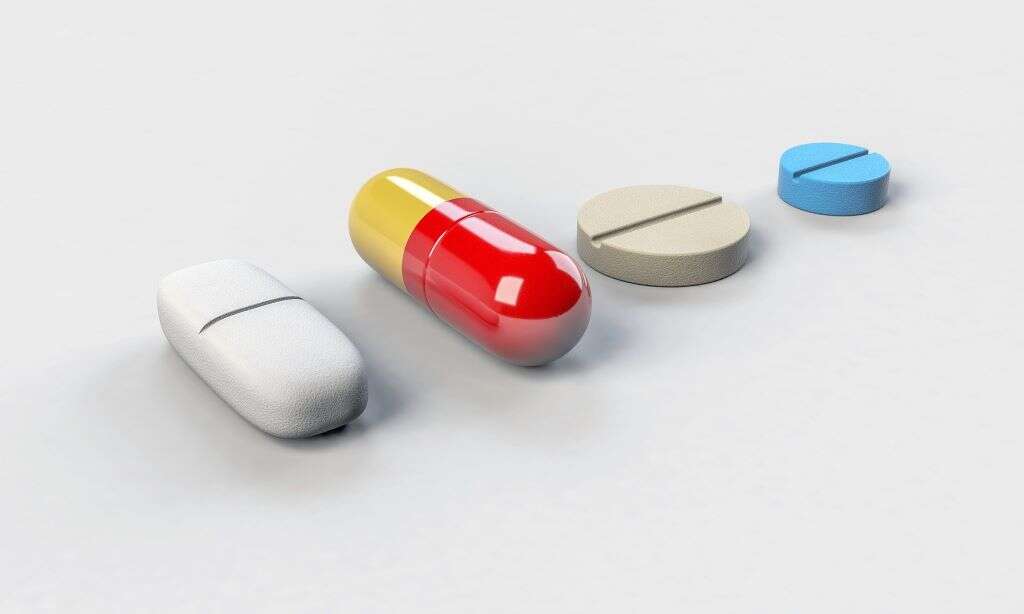
6. How Long Does the Treatment Take to Work?
Treatment for pinworm infections can take two to four weeks. The most important part of treating pinworm is preventing reinfection. If the child continues to touch the infected area, they can leave eggs on surfaces even during the treatment phase.
Additionally, if play areas and bedding aren’t cleaned thoroughly, reinfection can occur. When multiple household members have pinworms, everyone must be treated to prevent recontamination. Regular handwashing and keeping nails cut short and clean can help stop the back-and-forth transmission.

7. Yes, Reinfection Happens
One of the most frustrating problems with pinworms among families is reinfection. It’s essential for parents and caregivers to be extra vigilant with handwashing and cleaning all surfaces, such as door handles, light switches and bedding, during the treatment phase.
You should continue to follow strict decontamination and disinfection techniques for two weeks after the treatment ends to make sure all live pinworms and eggs are gone. No one wants to experience reinfection and go through a second round of treatment.
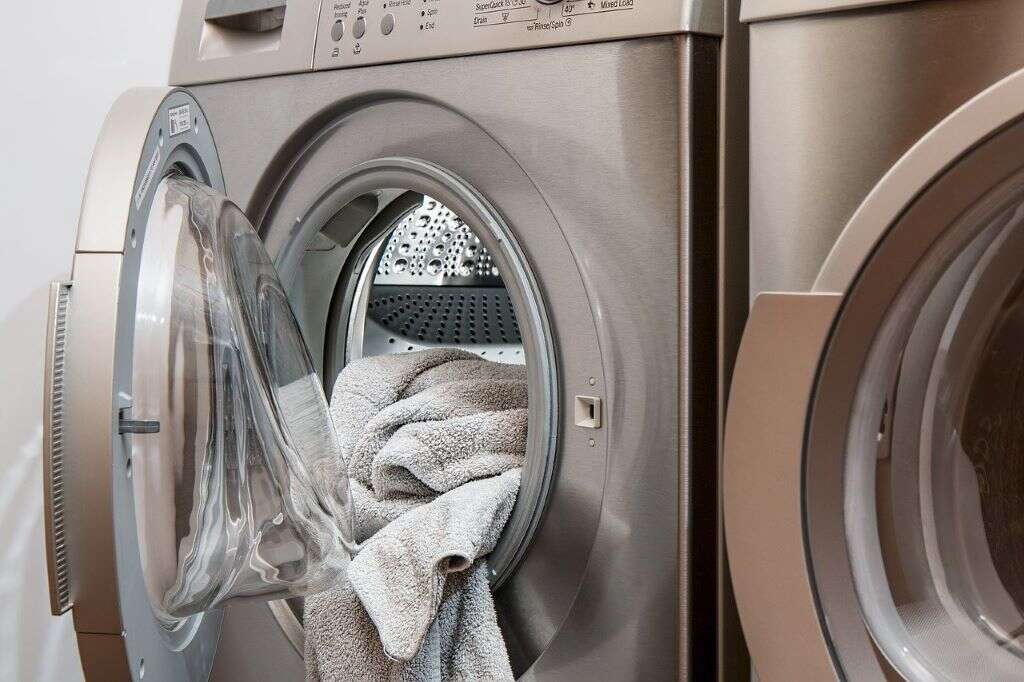
8. Preventing Pinworms
Pinworms are highly contagious and can quickly spread in hospital settings, daycares, elementary schools and areas where people live in tight quarters. Preventing infection involves the same cleaning methods as stopping the spread of an active pinworm infestation.
Teach children to use good hand washing techniques, especially after using the toilet, and remind them to keep their hands away from the anal area except when wiping. Try and stop fingernail biting, thumb sucking and other habits that involve hands in the mouth.
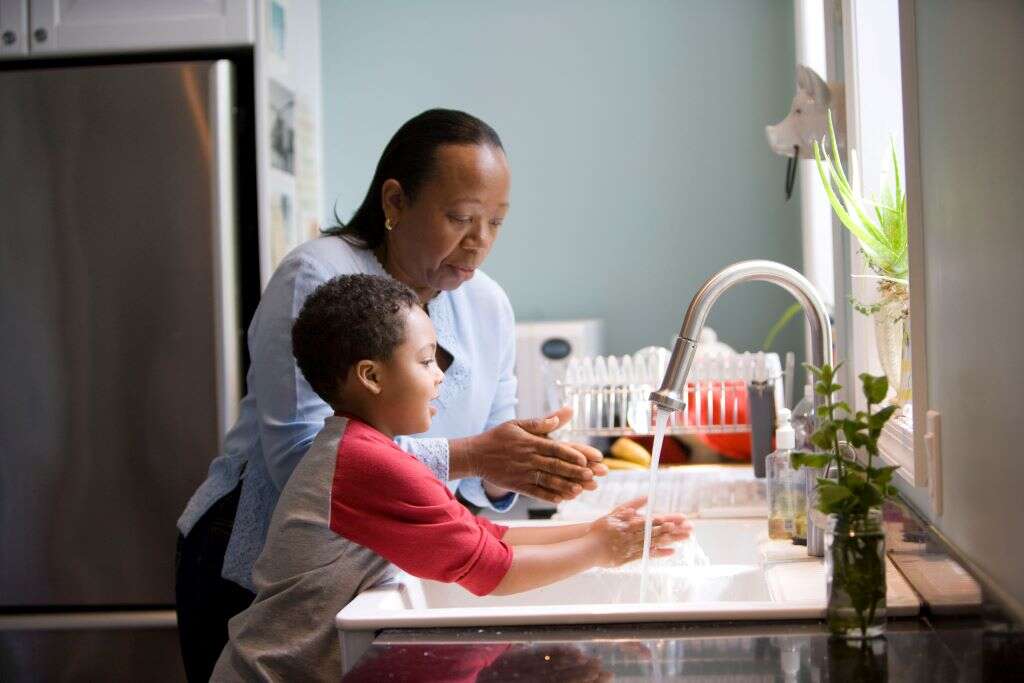
9. Stopping the Spread of Pinworm
The most important part of stopping pinworms is through a thorough decontamination process of all frequently touched surfaces. The tiny worms and microscopic eggs transfer easily. A door knob with infected feces can stay infectious for two to three weeks.
If a dozen children touch the door handle in a day, every child has the potential to touch their mouth and spread the pinworm eggs. As the students go home, the highly durable eggs remain with them and transfer to other children and caregivers.
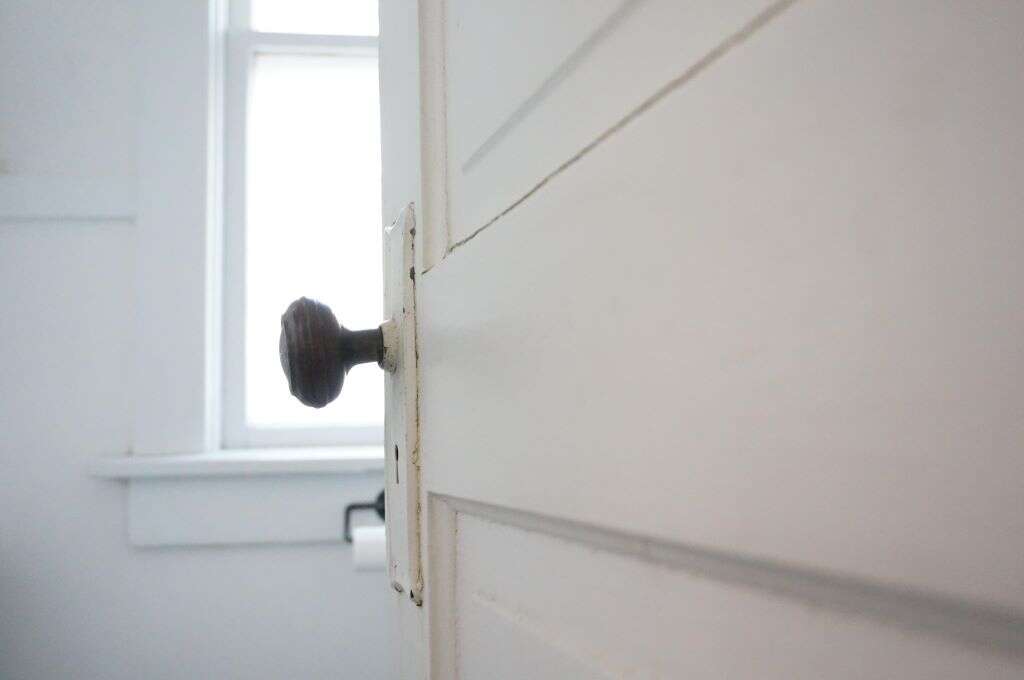
10. Pinworm Infection Complications
Although pinworm complications are rare, they can occur. A heavy infestation of eggs can cause the pinworm infection to spread to the female genitals. Not only is this extremely itchy and irritating, but it can cause inflammation of the uterus and vagina.
Other potential problems include urinary tract infections, weight loss and secondary abdomen infections. These conditions always require a physician’s intervention. Additional medications may be necessary to clear up any new infections caused by pinworm activity.






